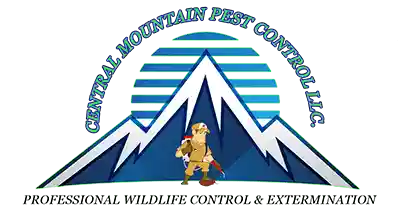A Detailed Guide to Species, Risks, and Effective Management Strategies
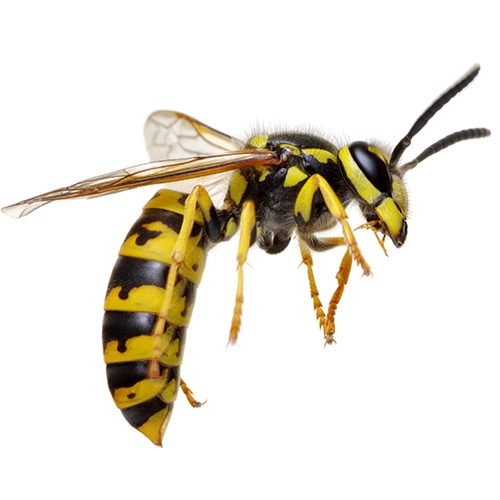


Wasps are an important part of the ecosystem because they carry out distinct roles such as pollination, predation, and decomposition. Therefore, without them, the ecosystem would take a huge blow. Despite their benefits, they can become nuisance if they are at the wrong place at the wrong time.
For instance, a swarm at your Colorado home can be quite dangerous. It is at this point that they become pests, requiring proactive measures to get rid of them. This article provides an overview of various types of these pests prevalent in the state, the associated risks they pose, and suggests safety measures for their removal.
Understanding Wasps
Belonging to the hymenoptera order, they are identifiable by their slender bodies, characterized by a narrow waist between the thorax and abdomen, as well as their possession of two pairs of wings. They come in bright colors such as orange and yellow but other kinds are black. Unlike bees, which usually feed on nectar and pollen, these ones are omnivorous. While certain types are primarily focused on pollination and pose minimal concern, others may exhibit aggressive behavior, capable of delivering painful stings. Typically, these aggressive varieties necessitate effective management when they invade your home.
Why Wasps Love the Climate and Environment in Colorado
They are prevalent throughout the state, inhabiting various regions spanning from the eastern plains to the Rocky Mountains. Numerous types thrive abundantly in habitats such as forests, agricultural fields, and occasionally urban areas. The state has diverse climatic conditions due to its distinct geographical features such as desert regions, high plains, and mountain ranges.
These factors have a huge impact on the distribution and activity level. For instance, different weather conditions are experienced throughout the year including cold winters, hot summers, mild autumns, and temperate springs. During the colder months of year, they will be quite docile. However, their activity level starts to increase as soon as spring approaches and it starts getting warmer. They get even more active during the hot summer days.
Extreme weather conditions is another factor that comes into play. Therefore, you may observe that factors such as heavy rainfall can lead to the demise of numerous individuals, resulting in a significantly reduced population.
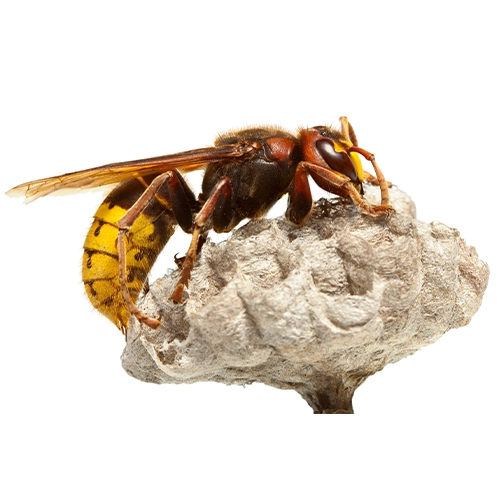


Altitude is another thing that plays a critical role on the climate of this region. This is because temperatures decrease with increased elevations. This is why you will find that in higher elevations, their population is quite low compared to higher numbers in lower altitudes.
Common Species in Colorado
- Yellow Jacket
Easily identifiable by their yellow and black markings, these creatures are notably aggressive. They
construct their habitats in various locations, including wall voids, underground, or even aerial spaces.Attracted to sugary foods, they often make unwelcome appearances at outdoor gatherings.
- Western Yellow Jacket
As implied by its name, this species is prevalent in the western region of the country, making it common in Colorado. With a medium size, it typically measures between 10 and 16mm in length. Like other yellow jackets, it bears distinctive yellow and black markings on its body. Sharing similarities with general yellow jackets, this one too tends to construct its living place in enclosed areas such as wall voids and hollow logs.
- Hornets
Hailing from the Vespidae family, hornets represent the largest variety, with some specimens reaching lengths of up to 2.2 inches. They are distinguishable by their sizable bodies, typically exhibiting brown or reddish-brown hues adorned with yellow or orange markings. Sociable by nature, they form colonies and inhabit various sites, including shrubs, trees, and man-made structures.
- Paper
True to their name, these creatures construct habitats resembling paper. They stand out from other species due to their elongated, slender bodies and narrow waists. Featuring distinctive markings in hues of brown, black, and yellow, they possess a unique appearance. Like hornets, they exhibit social behavior, forming colonies in sheltered sites like shrubs, under eaves, or on tree branches
- Mud Daubers
As their name implies, these wasps construct their place of living from mud. In contrast to paper wasps, they lead solitary lives and do not form colonies. Their slender, elongated bodies and a narrow waist characterize them. They come in different colors including metallic blue or black and some have yellow or black markings. They reside in areas like attics, under eaves, or sides of buildings
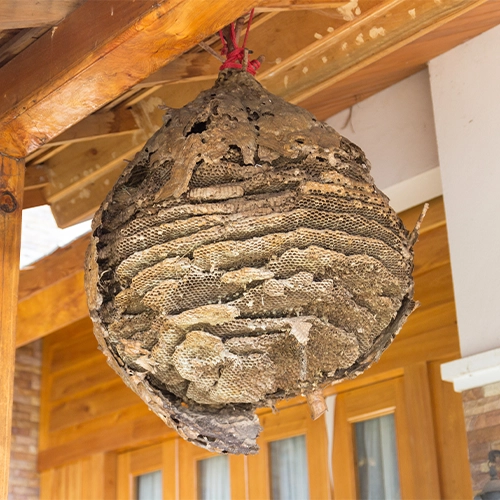


Signs you are dealing with an Infestation
Seeing a couple of these insects in your Colorado home might not be very concerning. However, seeing certain things can mean that you are dealing with an infestation. This section of the article focuses on several indicators that suggest an infestation requiring prompt action.
One of the initial signs you may observe is the presence of visible nests. These pests tend to establish their living spots in diverse locations such as wall voids, under shrubs, underground, or beneath eaves. Seeing nests in these areas can mean there is a potential infestation. Additionally, you might observe numerous numbers wandering around your premises, particularly near areas such as garbage bins, entry points to your residence, or even outdoor dining spaces.
Potential Risks of Having Wasps at Home
They present a significant threat to you and your family, with the primary concern being the potential for painful stings. Notorious for their capability to deliver numerous stings, an experience you undoubtedly wish to avoid. These stings are not only painful but the can also cause severe reactions to individuals allergic to their venom. A serious reaction is anaphylaxis, which can even be life threatening can be experienced.
It is good to remember that you are not the only one exposed to the stings but your kids and pets too. Their presence in your house can also lead to structural damage. This is because they can chew through wood when building their nests. Another issue is that you might no longer enjoy your outdoor living space in peace knowing that there are some dangerous insects out there.
DIY Management Strategies
If you are dealing with a small number, you can decide to try out some DIY management methods. The first thing you can try out is nest removal. This should be done at night because they are usually quite inactive during this time. You can use a long stick or broom to destroy their nest. Although they are not usually active at this time, they can still sting.
You should therefore wear protective clothing and approach with caution to avoid any issues. Since this can be risky, you might instead consider trying out natural repellents to see if they will go away without having to fight them. Example repellents you can use include mint, citronella, and eucalyptus. Just place them in infested areas and you will know whether they worked if you do not see them around.
Reasons to Hire Experts
As earlier mentioned, wasps can be quite dangerous to deal with. The main risk they pose is their painful stings. Since you do not want to experience this, it makes a lot of sense to bring in the experts to deal with these dangerous insects and get them out of your property as soon as possible.
Professionals have the knowledge and expertise regarding handling them. They can therefore come with effective solutions and the right tools and equipment to eliminate them properly from your property.
They do not do this task haphazardly as novices would. Instead, they do it with utmost skill while maintaining safety to you and your loved ones. With experts doing this, you can rest assured that they will do a good job.
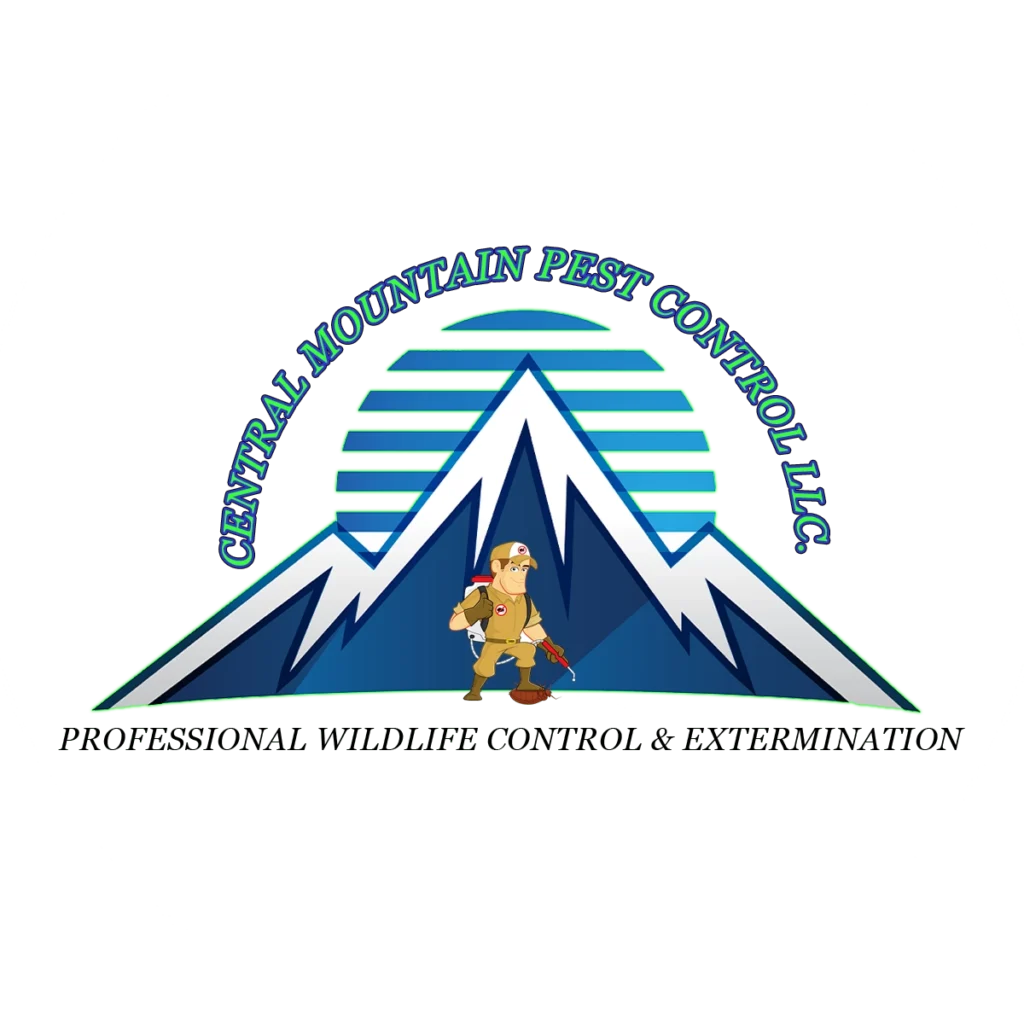


Preventive Measures You Can Take
As you have seen, dealing with an infestation is a lot of work. Therefore, you definitely do not want this to happen ever again. To ensure this is the case, you can take a couple of preventive measures. The main thing to do is get rid of potential food sources that might attract them. You have to make sure that sources like garbage cans and compost are well sealed. When dining in the outdoors, be sure to cover food and beverages, especially juices, at all times. If they are finding their way into your house, prevent this from happening by sealing entry points. Gaps can be found on areas like windows, doors, vents, ceilings, and walls. You should inspect these areas and seal any cracks or openings using caulk.
Given its favorable climate, Colorado accommodates various species of wasps, each with its distinct traits. Despite their differences, the shared concern arises when these insects are permitted to infest a residence, posing significant dangers. To avert this scenario, immediate action is imperative upon sighting them. Since attempting to handle them independently carries risks, it is advisable to seek assistance from professionals. Experts have the needed skills and expertise to deal with these pests in the best way possible. They will do this task without posing you and your family to any potential danger. This is quite different from what you would do if you were to take the DIY mitigation measures.
If you think wasps are causing you problems in Colorado Springs, CO or anywhere in Teller County or El Paso County, please do not hesitate to contact us today! We will help resolve your problem quickly, safely, and at affordable rates.
